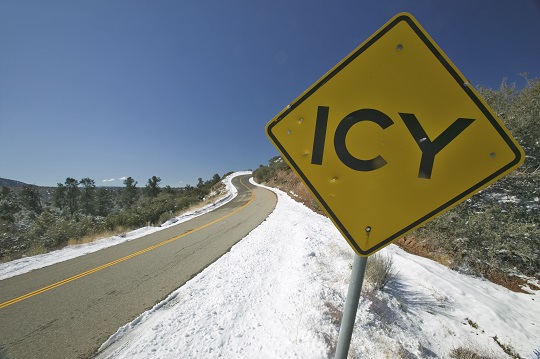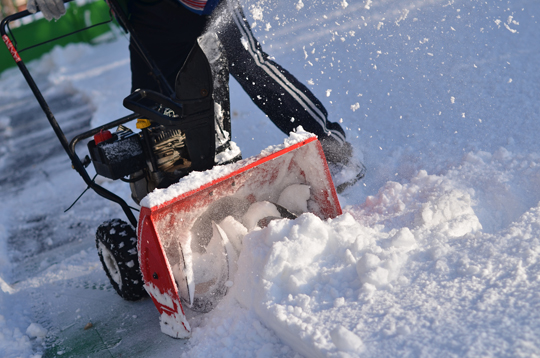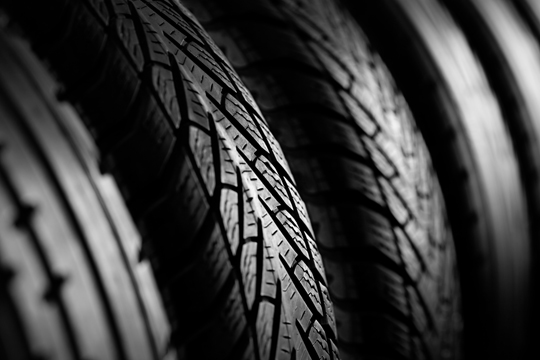Snow is often portrayed in movies and television as a fun, exciting environment to play in. Kids get out of school, hot cocoa is brewed by the gallon, and everyone has a blast making snowmen – until reality settles.
You need to get your car out, get to work, and — above all else — remove the snow that is stopping you from doing those things. Some of the best snow removal methods that can help you get on your way despite this wintery-white nuisance are described below.
Shoveling
Of the best snow removal methods out there, this is one of the most popular. Shoveling snow requires a specific shovel made for snow. Thankfully, if you live in an area that is likely to receive snow, these shovels are everywhere from home stores to super centers and drug stores.
These shovels have a wide, flat base instead of the pointed, small base of a garden shovel, making the act of picking up snow and moving it much easier. Be sure not to overload your shovel. Pick up half a load at a time, toss it, and go for more.
Snow Blowing
This is one of the best snow removal methods if you have a lot of snow or a large area and you don’t want to exert the energy required to shovel. If you are snow blowing over an area with gravel or rocks beneath the snow, try setting your snow blower an inch or two above the ground so it doesn’t throw the rocks as well. They might clog your snow blower chute or injure passersby.
Snow Plowing
This method is for when you have a lot of snow and a lot of space, but not a lot of time. Attaching a plow to your vehicle means you can drive through the snow, plowing large drifts to the side all at once. If this is the method you choose, just make sure you have a vehicle that can handle the weight of the plow attachment.
Find Snow Removal Professionals
These three tried and true snow removal methods can help you get back on your feet after a wintery fairy-tale of a storm. If you find you need professional help to get started with your snow removal, TalkLocal can help connect you with professionals in your area.














